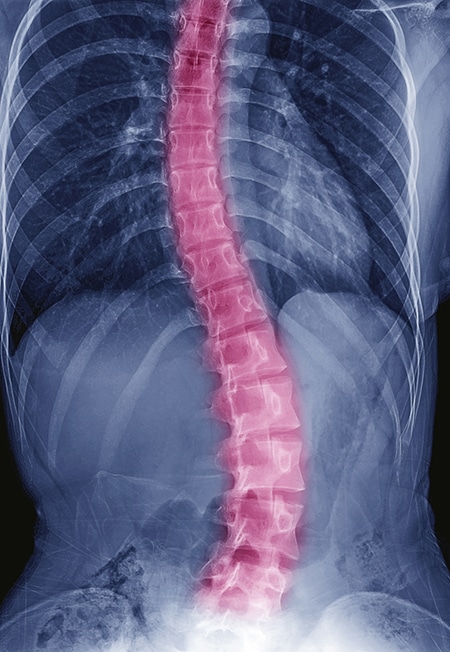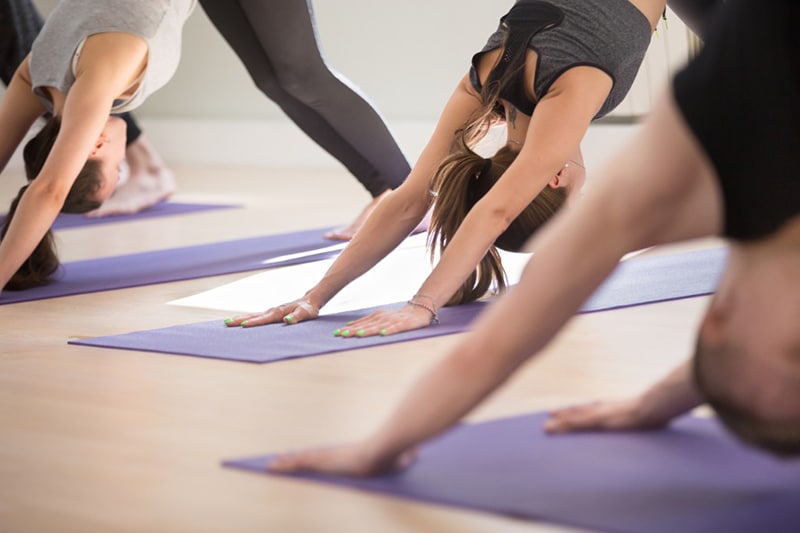A scoliosis diagnosis once meant a very limited lifestyle. Think no sports, no exercise, and very little everyday activity. The reality today is almost the polar opposite: Living with scoliosis isn’t limiting. In fact, activity is a good friend to have.
What is scoliosis?
Scoliosis is a curvature of the spine, one that usually creates a C or S-shaped curve laterally. There are two forms of adult scoliosis:
- Idiopathic Scoliosis begins as a teenager and continues through adulthood. In most cases, there are very few, if any, symptoms.
- Degenerative Scoliosis develops as an adult and is often the result of spinal degeneration or osteoarthritis. Symptoms may include back pain and stiffness, numbness and shooting leg pain, and fatigue.
“Regardless of which type of scoliosis they are diagnosed with, the majority of people l see never need surgery and live totally normal lives,” says to Randall Graham, MD, neurosurgeon with Methodist Moody Brain and Spine Institute.
“At least 90% will never need surgery and won’t necessarily be achy or in pain,” Dr. Graham says. “Some will exhibit very few symptoms. Another small portion will need supervised therapy and injections. And then a handful may require surgery for issues like pinched nerves due to wear and tear associated with degenerative scoliosis.”

A lifestyle recommendation
So what’s the best way to live life with scoliosis? Stay active.
Exercise is important because it strengthens the body’s core and promotes flexibility. Some exercises to consider include yoga, pilates, and swimming. Each of these is a non-jarring exercise that includes stretching and deep breathing. More assertive activities such as mountain biking and running can be helpful too. According to Dr. Graham, there are actually very few restrictions. “Any exercise involving core strengthening is beneficial,” Dr. Graham says. “This includes most weight-bearing exercises, especially for women because it improves bone health.”
Physical therapy is also an option for some patients as it focuses on restoring muscular symmetry, posture alignment, breathing exercises, and posture awareness. Therapies are tailored to the scale of scoliosis, but often include strength training, range-of-motion, manual therapy, and of course education. There are also therapies like the Schroth Method that work to de-rotate, elongate and stabilize the spine. According to Dr. Graham, the Schroth Method works well for people with idiopathic scoliosis.
Another lifestyle consideration is to always work to maintain a healthy body mass index and avoid smoking, as smoking is a leading cause for neck and back problems and is especially bad for spinal disease and degenerative scoliosis.
“People don’t need to be afraid,” Dr. Graham explains. “Scoliosis is a very manageable condition with common sense and lifestyle changes.”

